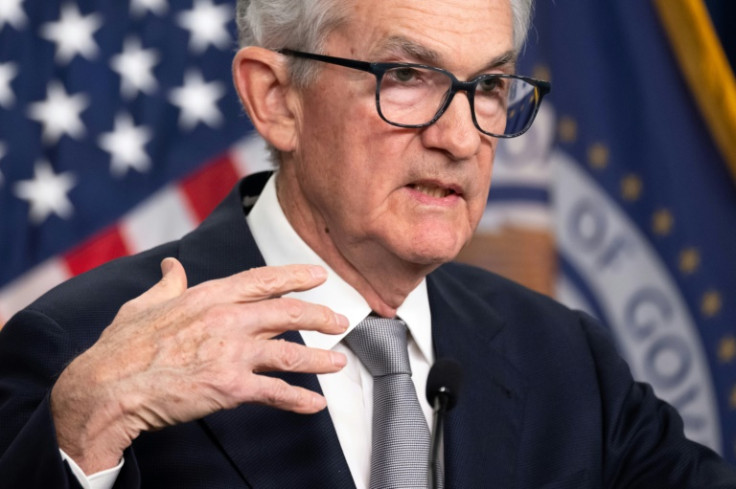Will Positive Economic Outlook Stall Expected Fed Rate Cuts?
Forecasters participating in the CNBC Fed Survey are increasingly optimistic about the U.S. economy's ability to avoid a recession, with growing confidence in achieving a soft landing. Unlike previous surveys, analysts do not foresee a significant slowdown in growth over the next couple of years.
This improved forecast suggests a potential downside: a reduced likelihood of Federal Reserve (Fed) easing, with expectations that officials may forecast fewer rate cuts in 2024 compared to previous estimates.

John Donaldson, Director of Fixed Income at the Haverford Trust Company, stated, "For now, the narrative that the U.S. economy is so fragile that it cannot survive without ultra-low rates has been debunked and discarded into the rubbish bin of history."
According to the March survey, the average probability of a soft landing stands at 52%, up from 47% in January, marking the first time it has surpassed 50% since July. Additionally, the probability of a recession in the next 12 months decreased to 32%, the lowest since February 2022. This positive outlook reflects the U.S. economy's trajectory towards modest growth and inflation.
As the Fed concludes its two-day meeting, analysts anticipate the central bank to maintain the federal funds target rate within a range of 5.25% to 5.5%. However, despite the optimistic economic outlook, some economists express caution about relying solely on forecasts. Economists predict a 60% probability of a recession and envisions the Fed reducing rates to 3.6% by year-end from the current level of 5.38%.
Despite the overall expectation of three rate cuts this year, some analysts suggest a more hawkish stance from the Fed. Looking ahead, respondents to the survey express optimism about rate cuts next year, with the average forecast projecting a decline in the funds rate to 3.6%. However, concerns persist about potential risks to the economic expansion, with continued high inflation topping the list.
The March forecast anticipates a modest economic slowdown, with GDP predicted to grow 1.6% this year. While down from 2.5% in the previous year, this forecast remains above the 0.7% projection for 2024 made in July 2023.
In terms of inflation, the Consumer Price Index is expected to fall to 2.7% this year and 2.4% next year, approaching the Fed's 2% target for the PCE Price Index. Unemployment is forecast to tick up to 4.2% but remain stable through 2025.
On Wednesday, the Federal Reserve's policymakers are set to unveil their quarterly economic projections, widely anticipated to mirror the December forecast of three rate cuts by the end of 2024. However, a shift in sentiment among just two of the 19 Fed officials could revise this projection downward to only two rate cuts for 2024. This potential adjustment comes amidst persistent inflation concerns at the outset of the year.
Echoing the Fed's stance, other major central banks are maintaining elevated rates to manage consumer price increases. Market observers anticipate the Fed's first rate cut to materialize at its June meeting, with signals likely to emerge as early as May. By the time of the June meeting, policymakers will have access to additional inflation readings and jobs reports, providing crucial data points to inform their decision-making process.
Sarah House, Senior Economist at Wells Fargo, emphasized the ample time available for inflation to resume its downward trajectory. A rate reduction, if implemented, is expected to translate into lower borrowing costs across various sectors, including mortgages, auto loans, credit cards, and business loans. Despite recent challenges, analysts remain cautiously optimistic about the potential for economic indicators to improve in the coming months.
© Copyright IBTimes 2024. All rights reserved.












